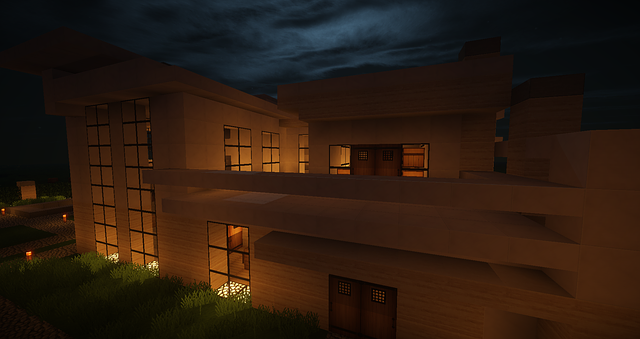Picking the material to use in siding for a home is often dictated by personal aesthetics. That being said, brick or vinyl siding or stucco has a decided advantage according to individual preferences and budget. But choosing exterior siding should also rely on functionality; some options just work better for certain house plans and in certain climates.
Thus, staying informed pays back before blindly settling on the “pretty” choice rather than the practical one. The stakes are simply too high. In 2017, roughly 14% of a new home’s construction budget was set for finishings like siding, windows, doors, and roofing. Make the wrong decision and you risk a facade that deteriorates faster than your appreciation of its beauty could ever last, making it a costly mistake. The following are three popular types of exterior siding, and their pros and cons. You can pick one that matches your style, as well as your needs:
Wood for Siding for Home
Some of the world’s oldest homes were made of wood. As ancient hominids came down from the trees and moved from place to place, they started finding (and making) structures to protect them from the weather and predators. From caves and stones, they moved on to wood, twigs, and straw as preferred building materials. They also constructed modest homes that were sturdy and capable of housing multiple inhabitants at a time.
Today, wood is a popular option when it comes to choosing siding for a home. It is durable when maintained and offers a variety of looks when hewn into planks, beams, shakes, and shingles and laid either horizontally or vertically. Furthermore, the many species of wood used in home construction offer additional styles and pricing possibilities. It’s important, however, to choose a readily available wood in the area where you are going to build a home. Make sure the wood you choose is capable of withstanding the elements that will be surrounding it. It is pertinent to consider wood against its specific tendencies for rotting and weathering (including splitting, cracking, checking, and cupping). Because a few types of woods are more moisture-resistant (as well as insect-resistant) than others. Moreover, you need to properly seal and maintain the wood, which makes it more expensive than the other options.
Vinyl Siding
Vinyl siding is the most popular building material for homes in the U.S. It is cheap, easy to install, long-lasting, and virtually maintenance-free. Why? Because insects can’t eat it and it doesn’t need to be painted or sealed. Although, it often requires routine power washing to remove mold and dirt. However, this expense is small compared to the maintenance costs required by the other options listed in this article. Improved engineering has made vinyl siding able to withstand all weathering conditions, making it appropriate for use in all regions.
Brick
Like wood, brick is one of the world’s oldest building materials. It is extremely durable. Usually lasting the life of the home with only masonry joints needing any repair (any reputable brickworks company can easily provide). These days homes are usually brick veneer (wherein bricks are attached to a wooden frame) and not solid masonry. So laying bricks is a labor-intensive process and, thus, brick homes are often more expensive than other materials. Nevertheless, bricks provide good insulation and can be a great choice for hot climates. Because it quickly cools down a home’s interior temperature.
Other Options for Siding for Home
There are more siding choices, from stucco and natural stone to engineered options like fiber cement and synthetic stone siding. Similar to wood, vinyl, and brick siding, however, these all have their pros and cons. Stucco is very durable. But it is prone to cracking when exposed to cold temperatures and moisture. Meaning it’s not often a good choice for building in wet climates. Likewise, some of the engineered options offer lower costs but aren’t as sturdy or long-lasting as the ones previously mentioned. Before choosing a material for siding for your home, carefully review them, so you pick the best one for your needs!



